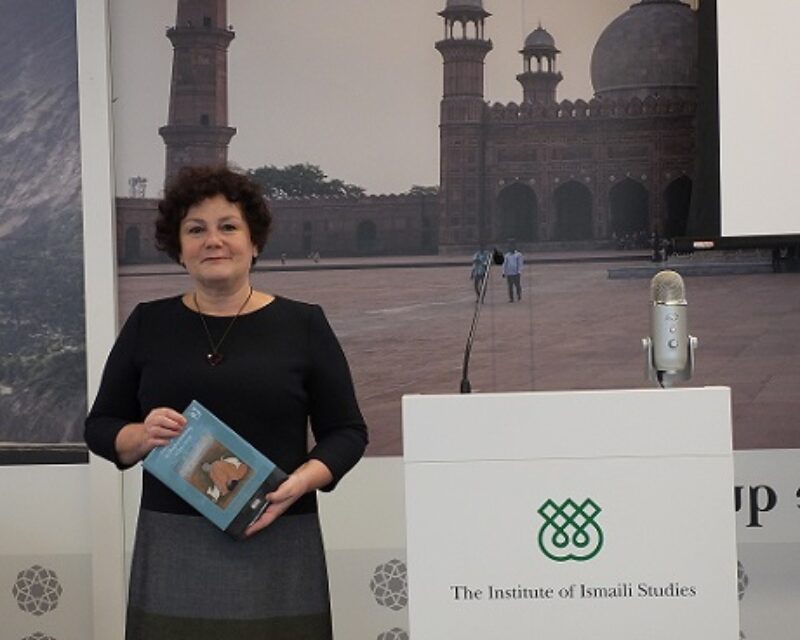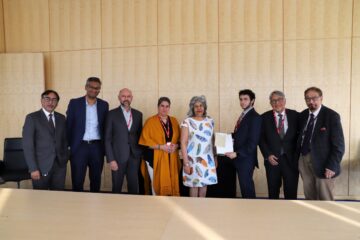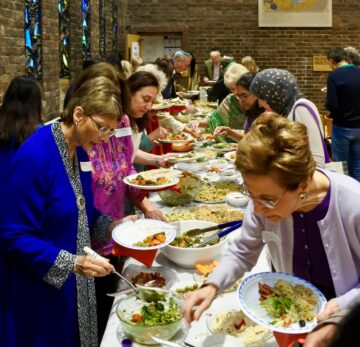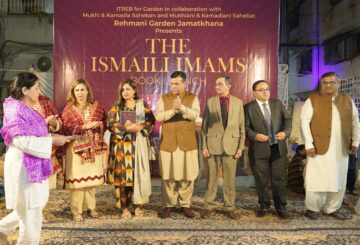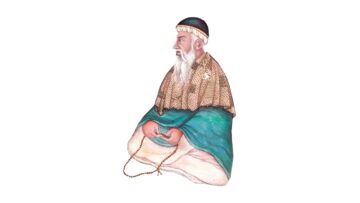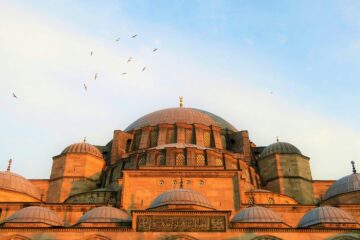The Mughal dynasty is renowned for its great architecture and patronage of the arts. Perhaps more than any other Islamic dynasty, the Mughals made their passion for the arts and its aesthetic principles, a central part of their identity. Typically using the form of miniatures, Mughal paintings drew on a multitude of themes, from, legendary stories, wildlife, royal life, hunting scenes, battlefields, mythology to much more.
To better understand the diverse creative forces that led to the formation of a unique Mughal pictorial language, the IIS held a lecture entitled The Hybrid Ontology of Early Mughal Painting at the Aga Khan Centre on 3 October 2019. The speaker, Dr Valerie Gonzalez, from the University College London, School of Oriental and African Studies, examined the visuality, metaphysical order and aesthetic language of Mughal imagery and portraiture – shedding new light on this particular aspect of its aesthetic hybridity, which is usually approached as a historical phenomenon of cross-cultural interaction. Using her book Aesthetic Hybridity in Mughal Painting, 1526-1658, as the basis for her presentation, Dr Valerie Gonzalez commented:
[The book] is not a typical art historical study of Mughal paintings, of which there is a plethora of publications. It is a hermeneutic philosophical study of this material. Indeed, the historiography on Mughal and other paintings in Islam is mostly composed of histories and archaeologies, but no hermeneutic philosophical studies. Histories and archaeologies evidence and describe art, analyse its context of production, and define its spiritual significances. But histories and archelogies do not elucidate art as both an object of thought and a material complexity meant to induce a certain type of aesthetic noetic experience. Aesthetic is an experience through the senses and noetic is an experience through the intellect. This is the task of the hermeneutic philosophical enquiry.
To learn more, watch a video of the full lecture delivered by Dr Valerie Gonzalez below.

